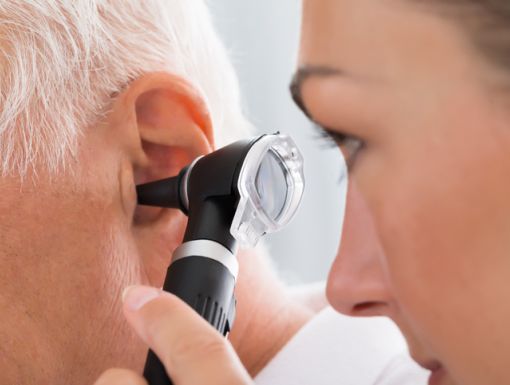
Does Removing Adenoids Help with Ear Infections?
First thing's first: What are adenoids? Adenoids are a mass of lymphoid tissue located at the back of the nasal cavity, just above the tonsils. They play an important role in the body's immune system by trapping harmful pathogens and bacteria that enter through the nose and mouth. Adenoids are most common in young children and begin to shrink around the age of seven, often becoming nearly invisible by adulthood. Despite their role in fighting infections, adenoids can sometimes become problematic, especially when they are enlarged or infected.
What do enlarged adenoids do?
Adenoid hypertrophy, or the enlargement of adenoids, can block normal airflow through the nasal passages. This condition is common in children because their adenoids are naturally large compared to their small nasal passages. Long-lasting enlarged adenoids can also affect a child's speech and may lead to recurring ear infections.
Symptoms of enlarged adenoids include:
- Difficulty breathing through the nose
- Mouth breathing
- Snoring
- Sleep apnea
Ear infections in kids
Ear infections are common in children and can be a recurring issue, especially in those with enlarged adenoids. The medical term for an ear infection is otitis media, which means inflammation of the middle ear. This inflammation is often caused by bacterial or viral infections that reach the middle ear through the Eustachian tube, a canal that connects the middle ear to the back of the nose and upper throat. When adenoids are enlarged, they can block this tube, preventing normal drainage of fluids from the middle ear. This creates an environment that is perfect for infection to occur.
Symptoms of ear infections include:
- Ear pain: One of the most common symptoms and is often intensified when lying down
- Irritability and crying: Frequent crying and fussiness, often due to discomfort and pain
- Trouble sleeping: Difficulty sleeping or frequent waking up due to ear pain
- Hearing problems: Difficulty hearing or responding to sounds, which can be temporary due to fluid buildup
- Balance issues: Dizziness or problems with balance, as the inner ear plays an important role in balance and equilibrium
- Fever: A rise in body temperature as the body tries to fight off the infection
- Fluid drainage: Pus or other fluids draining from the ear, indicating a ruptured eardrum
What's the connection between adenoids and ear infections?
Enlarged adenoids can block the opening of the Eustachian tubes, leading to poor ventilation and fluid buildup in the middle ear. This still fluid can become infected, resulting in infection. Additionally, adenoids themselves can contain bacteria, which can contribute to constant ear infections even after antibiotics.
How do you diagnose and treat adenoid problems?
Diagnosis of adenoid issues and ear infections often involves a physical examination, medical history review and sometimes imaging tests like X-rays to evaluate the size of the adenoids. An otoscope is a commonly used tool your child's doctor will use to examine the ear for signs of infection.
Non-surgical treatments for adenoid problems
For ear infections, treatment typically involves:
- Antibiotics
- Pain relievers
- Warm compresses
For enlarged adenoids, non-surgical treatment options may include:
- Nasal steroid sprays
- Antibiotics
Surgical treatments for adenoid problems
In cases where non-surgical interventions fail, surgical options might be considered.
- Adenoidectomy: Removal of the adenoids, often performed in children who suffer from chronic ear infections, sleep apnea or significant nasal obstruction
- Myringotomy with tube placement: A small incision is made in the eardrum to drain fluid, and a small tube is inserted to ventilate the middle ear. This procedure is often done at the same time as an adenoidectomy.
How can I prevent ear infections in my kids?
Preventing ear infections involves addressing the cause of the enlarged adenoids. Helping your child practice good nasal hygiene, avoiding exposure to tobacco smoke and managing allergies can reduce the likelihood of infections. Regular check-ups with a pediatrician can help monitor a child's ear health and adenoid size, catching any potential issues early.








